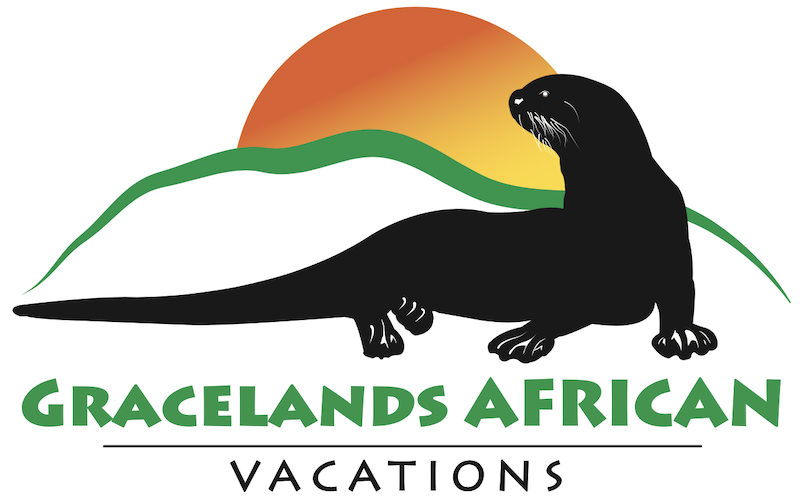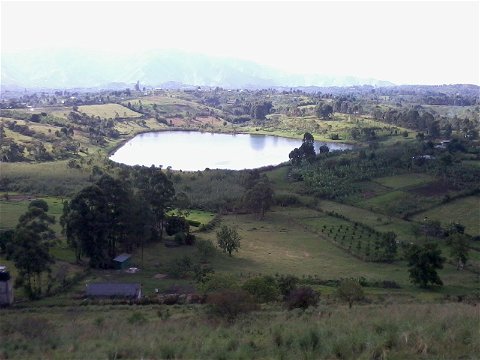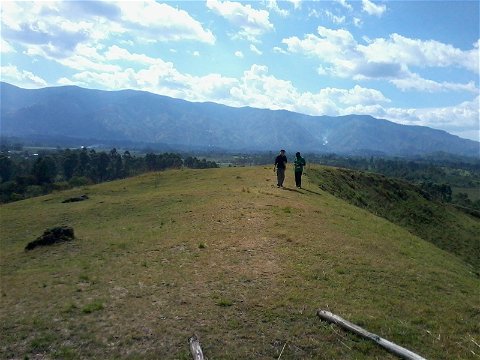Fort Portal Discovery Experience
Located in Kabarole district, Fort portal is a beauty to behold. Being in closeness to a couple of Uganda‘s national parks; Queen Elizabeth National Park, Kibaale National Park, Semliki National Park and Rwenzori National Park offer exhilarating glimpses of the wild and nature moments.
Gallery
Sample Itinerary
Day 1
Fort Portal townMeet and greet early morning, there after drive off to Fort Portal town, located approximately 320km by road from Kampala (the capital and largest city in Uganda), and it takes 4-5 hours drive on an all tarmac two line highway. The town is named after a once British governor, Sir Gerald Portal, whose statute welcomes you to the town located on the main road. The town has been among the most cleanest of Uganda for years. Fort Portal boasts of its strategic location giving easy access to four national parks and a series of beautiful guided nature walks.
Driving through beautiful country townships and low rolling hills we shall get to Fort Portal in the evening or late afternoon, check in to accommodation overlooking the town on top of a hill, freshen up, have dinner between 7 pm to 8 pm then relax and rest. Depending how early we set off from Kampala, we can do the Amabeere caves and crater lakes guided natural history walk in the afternoon or stop-over at the Nakayima tree, an African goddess worshiped traditionally by many from East Africa and beyond en-route to Fort Portal at Mubende.
Day 2
Rwenzori foothills Community / Crater Lakes Guided WalkAfter breakfast, we shall go for our first discovery activity and because Fort Portal is a town with many attractions that surround it, we take you through all of them upon inquiry and you get to choose which activities you are more interested in or the other way of doing it is letting us draft an itinerary for you depending on the number of days you have.
The activities include the following;
- Mountain Rwenzori foothills guided nature walk and Albertine rift valley view point (Half Day Tour)
- Amabeere caves and crater lakes guided natural history walk ( Half-day)
- Chimpanzee trekking in Kibaale Forest national park (Half-day)
- Hot springs in Semiliki national park (All-day)
- Palace of Omukama (king) of Tooro (approximately 1-2 hours visit)
- Queen Elizabeth National park (1 or 2 days)
Mountain Rwenzori foothills guided nature walk and Albertine rift valley view point (Half day experience)
A guided nature walk or scenic walk on the foothills of Rwenzoris involves medium hiking and one needs at least a medium level of fitness and proper foot wear that is not particularly mountaineering shoes.It’s a community managed walk and a local guide is with us to tell us about the life style and culture of people who stay at the lower slopes of mountain Rwenzori. We walk past cultivated and contoured local gardens that are in the hills, then a few local houses and a local church before we are immersed into nature overlooking the high rolling hills leading us to the top of the hike, to get a scenic view.
On our way back to the accommodation, we shall have a stop-over to view the Albertine rift valley point. The Albertine rift is the western branch of the East African rift and it covers parts of Uganda,Democratic Republic of Congo, Rwanda, Burundi and Tanzania. It extends from Lake Albert (Uganda) to Lake Tanganyika (Tanzania). The northern part of the rift is crossed by two large mountains, the Rwenzori Mountains and the Virunga Mountains. In the Rwenzoris, Mountain Stanley is the tallest and the tallest in the Albertine rift with an elevation of 5109 metres. The rift and the mountains are as a result of tectonic movement that is gradually splitting the Somalia plate from the rest of the African continent.
At this view point, Lake Albert is seen and some parts of Democratic Republic of Congo on a day with good weather.
Amabeere caves and crater lakes guided natural history walk (Half-day)
After breakfast, we shall drive off to ‘’Amabeere’’translated in English as breasts. The local people decades back when science and geology was not familiar to them, they believed in superstitions and they thought the small cave was a scared place. A story still is told by the traditionalists that this place is where a one Nyinamwiru brought her baby and fed him on the dropping water after she was disowned by her father for getting pregnant before she was married officially.
Basing on science and geology, the small cave is as a result of underground water dissolving lime stone rocks forming stalactites and stalagmites.
It is a small cave, however the nature walk to the cave is something you should look out for, walking through nature with lots of plant life and forest birds. The site guide will explain the tradition and culture of the people in this region as we walk not forgetting the medicinal use of different plants and trees.
After the first phase of the walk that will be approximately an hour, we shall have a break and there after continue discovering.
On the second phase of our natural history / nature walk, we share have a scenic walk visiting five craters on foot. It’s a walk to be excited about of geology and the science of natural formations.The walk feasts your eyes to scenery from the start , walking and stopping over at the first two craters that are filled with plant life, following by one filled with water and ending it with a hike to the top of the hill, where we shall view three crater lakes and beyond. We return to the information office and have a rest and cold drinks before we set off. A visit to the Omukama (king)of Tooro’s place is also possible on the same day. At the palace we shall take you on a journey of the Batooro people and culture. The palace location is as well a good view point.
Return to accommodation and stay overnight.
Day 3
Optional Activities in National parksChimpanzee trekking in Kibale Forest national park
The national park is located just a few hour’s drive from Fort Portal town and has numerous activities including the chimpanzee trekking and seeing other primates; grey cheeked mangabeys , red tailed monkeys, black and white colobus monkeys and rich with birds including pittas. The guided trekking activity will last 2 -3 hours,including approximately an hour with the chimpanzees. The forest is home to over 300 tree species. After a short briefing by an official / guide from the national park, we shall start our discovery!
For bird watchers, a special tour to Bigodi wetland sanctuary can be organized and over 120 bird species have been recorded on this walk. The sanctuary is adjacent to Kibale forest national park and it has numerous primates including; black and white colobus monkey, velvet monkey, red-tailed monkeys, grey cheeked mangabey, baboons and mammals such as otter, sitatunga and bush bucks. If you would like to do this bird watching tour /nature walk we shall then have one night at a lodge in the park, a night before we do the activity in the morning.
What to pack for this tour:
- Sun lotion
- A hat
- Long trousers
- Long sleeved shirt
- A camera
- Closed walking shoes, with good grip and suitable for steep muddy walk.
- Bottled water
- Snacks
- Rain gear, as weather in this region is not predictable
- Pair of Binoculars
Hot springs in Semiliki national park
The park was declared a national park / a protected area in 1993, and you will be overwhelmed by its diversity in species such as birds, mammals,and flora and fauna. It’s has a record of over 400 species, and it’s no doubt one of the richest areas of floral and fauna diversity in Africa. The park lies in the Albertine rift, which is the western branch of the East African rift. Over 60 mammals including hippos, leopards and forest buffaloes are sheltered in this park, 8 primate species and over 200 butterfly species.
A community guided walk can also be arranged, to visit the locals who are mainly farmers to understand their lifestyle and traditions.
After the activity we shall return to accommodation or continue our discovery by visiting Queen Elizabeth National park, staying overnight.
Queen Elizabeth National park
Named after Queen Elizabeth the second, the park is known for its magnificent wild life including elephants, leopards, hippopotamus,chimpanzees and lions. It’s a home to 95 species of mammals and over 450 species of birds. The Ishasha area in the park is famous for the tree-climbing lions, a characteristic unique to them. Volcanic features include volcanic cones and deep crater lakes such as the Katwe craters from which salt is extracted.
We shall do a game drive and later go on a boat cruise on the Kazinga Channel to search for more animals such as the hippos, warthogs, and birds. The channel connects the two lakes Edward and George. Stay overnight at a lodge inside the park.
Return to Kampala!




Share This Page